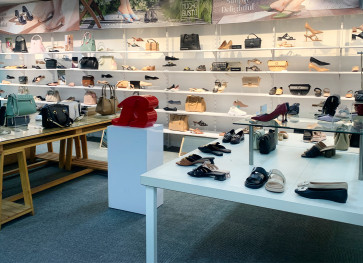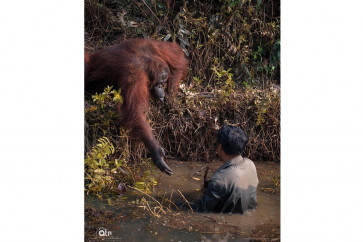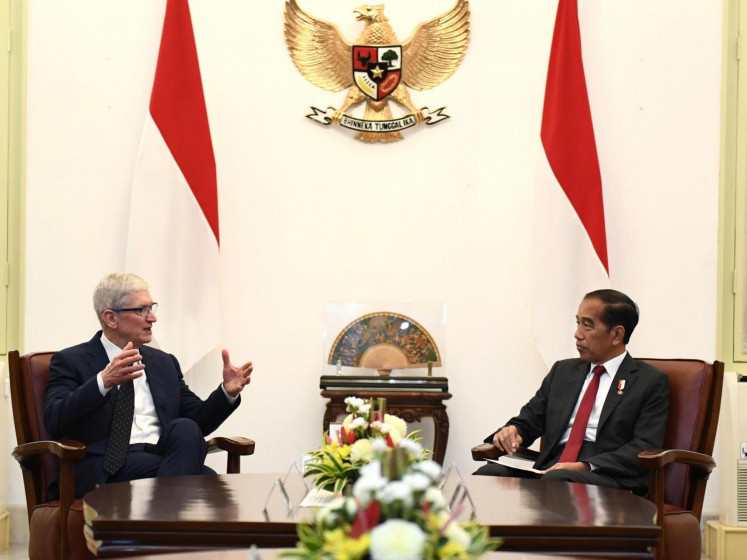Has Indonesia’s science moment arrived?
The state is in dire straits financially
Change Size

T
he state is in dire straits financially. The tax amnesty, the supposed savior policy, has been gaining better results but still suggests weaker numbers than expected. Economic growth targets have been amended more than once.
But if you’re an Indonesian pursuing a career in science or research, this could be your time. In fact, science hasn’t had support this great in a very long time.
It started four years ago with scholarships worth Rp 15.6 trillion (about US$1.2 billion). The Indonesian Education Scholarship (LPDP) aims to create future leaders by sending students to quality higher education institutions around the world. The designated level is master and doctoral degrees for people younger than 40.
While scholarships are not a new concept to groom scientists and build innovation prowess, this initiative promises a real commitment to Indonesian human development endeavors.
Now that government has pushed for an ambitious physical infrastructure, nurturing soft skills and new technological talent is next.
The scholarship provides living costs, tuition fees, airfares and research funds — all paid promptly and efficiently. So far it has served 1,200 to 1,600 students annually, while its target is to fund 5,000 to 7,000 students every year.
The Indonesian Scholarship could thus be the best legacy for fostering science thanks to former president Yudhoyono’s 10-year tenure.
Previous scholarship schemes have been problematic. The Dikti (Higher Education) Scholarship, an existing postgraduate scholarship traditionally provided by Education Ministry, is notorious for its tight subsistence level and delays in transfer payments that can take months.
Two friends were formerly doctoral candidates of said scholarship; each worked part-time cleaning halls and washing dishes to make ends meet. Not a dream occupation when one is supposed to focus attention on a quality thesis.
Another newly initiated scholarship comes from the Religious Affairs Ministry, kicking off last year to create “5,000 PhDs”. In a bid to dramatically upgrade the teaching quality of thousands of Islamic-based education institutions around the country, it funds doctoral candidates to study in Indonesia or abroad. From Surabaya, Sudan to Switzerland, all costs are covered, including attending scientific conferences and language training.
Other science-based support comes from the newly minted Indonesian Research Fund (DIPI) — another trust-fund based scheme, aiming to “support fundamental, frontier and excellent research”. For each approved grant, DIPI provides Rp 1.5 billion annually — in a maximum three-year tenor. Its first grant season closed last August and saw 467 proposals for funding.
A promising start, even if small — compared to, say, the world-renowned UK’s Wellcome Trust, which last year alone dispersed 3,220 grants.
Add to this the government’s proposed plan to increase science funding to a minimum of 1 percent of GDP. Granted, 1 percent in research is not the amount to spend to compete for global quality research. Neither is this new, as pledges to raise science funding have been vowed by one administration after another — all to be proven empty statements.
However, although seemingly thin, 1 percent of GDP would put Indonesia among average science spending for developing countries, a status Indonesia has been devoid of for nearly two decades. Malaysia, so far, is steadily spending 1.13 percent of GDP, Singapore spent much more (2.4 percent), matching the average spending of OECD countries, while South Korea, at 4.4 percent, leads the race in global science spending above technology power houses like the US (3 percent). In short, getting the 1 percent is far from enough but hopefully would put us back on the map, instead of staying science outcasts as we have these past years.
Will the momentum live up to its expectations? A mixed answer. For now, the billion US dollar scholarships are underutilized due to poor candidate performance. At the very least, admittance to middle-ranking universities around the world will warrant an overall English score of 6.5 minimum (IELTS), roughly the equivalent to a 575 TOEFL score.
This has proven to be challenging for most Indonesian holders of bachelor and graduate degrees. The opportunity to create the next batch of scientists en masse has thus been hindered.
This needs to be quickly addressed if Indonesia is to keep up with other countries to create new brain power to achieve scientific insights. In fact, the latest records from the UK Council for International Student Affairs show competition is an uphill battle for Indonesia. Malaysia (population 30 million) has more than 17,000 students in the UK, while Singapore (population 5.5 million) has 7,200 students in the UK. Indonesia (population closer to 250 million) sent less than 3,000 students to the UK.
Not to mention that less-than-proficient English will preclude Indonesian scientists from publishing internationally.
Next challenge: even if we manage to send thousands to higher education in Indonesia and abroad — reality at home begs the question: Is Indonesia ready to welcome the newly graduated with research facilities to meet their needs?
Facilities have been troubled with shortcomings for decades. Outdated machinery and labs, bureaucracy and low remuneration are some of the problems. Scientists with teaching tenures also commonly complain about time spent on administrative and classroom work — both exhausted opportunities for research. Indonesia may have to strike a stricter research regime: Which comes first, new innovations or new students?
Another challenging test to this is distraction. One such instance is the plan to build the International Islamic University in Jakarta.
On paper, the university is a magnificent establishment to invent “future Islamic thinkers and scholars” — offering global-quality education with matching campus and facilities. In reality though, such ambition could steal the focus and efforts dedicated to other scientific projects.
Namely, the hundreds of existing Islamic universities (55 of them state-owned) in dire need of research support and, thus, funding. Would it not be a better idea to push for their quality and let them bear said scholars and thinkers instead?
Formulating pertinent answers to the challenges above will need the involvement of both the science community and the public. The debate would be beneficial to government-directing policies and helpful to generate interest in science in general. Otherwise, the momentum that Indonesia has been awaiting for a long time may be lost and impossible to regain.
_________________________
The writer currently works for CNN Indonesia.









